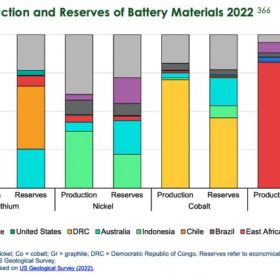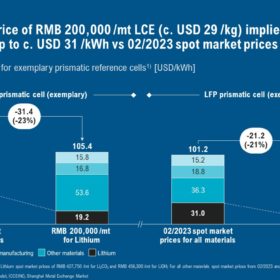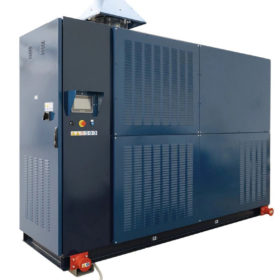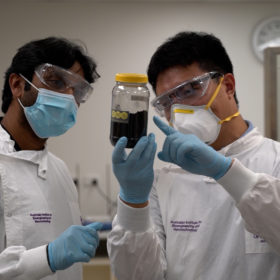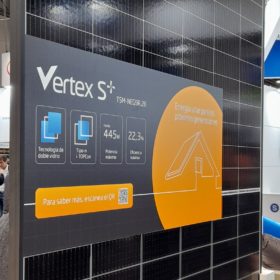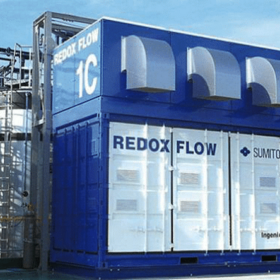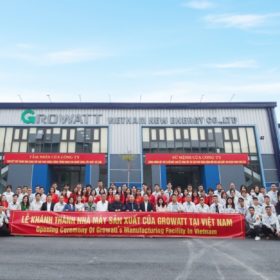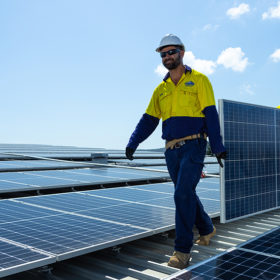Aussie startup launches battery electrolyte pilot manufacturing line
Allegro Energy, an Australian startup seeking to commercialise research into microemulsions to make non-toxic electrolytes that are cheaper “by factor of 100,” has commissioned a pilot-scale manufacturing line for supercapacitors in Newcastle, NSW.
Australia’s critical minerals pipeline valuated at $10 billion
A report from consultancy Climate Energy Finance finds that Australia and New Zealand have a more than $10 billion (USD 6.7 billion) pipeline of investment proposals in resource value-adding critical minerals, including in lithium, nickel, cobalt, vanadium, rare earths, hydrogen electrolysers, green ammonia, and value-added downstream battery developments.
Australia-based startup buys collapsed battery maker Britishvolt
Only weeks after announcing its plan to build a lithium-ion battery gigafactory in Geelong, Australia-based startup Recharge Industries has bought collapsed battery maker Britishvolt – doubling its manufacturing ambitions. The takeover resuscitates Britishvolt’s gigafactory play in northern England, and means the little known startup now holds two significant battery making projects.
CATL offers big battery discounts amid looming lithium surplus
CATL’s new lithium pricing structure gives Chinese original equipment manufacturers (OEM) an effective discount of more than 20%. It is making the move to win more orders amid a slowdown in the electric-vehicle market and the ongoing efforts of cell manufacturers to secure raw materials.
Weekend Read: All of the above
Competition is intensifying in the electrolyser space. With the International Energy Agency (IEA) expecting 380 GW of hydrogen production capacity in 2030, four different technologies will likely become prominent as demand spikes. We take a look at the market.
GMG wins regulatory approval for battery manufacturing plant
Australian clean tech company Graphene Manufacturing Group plans to scale up the development of its battery energy storage technology that it claims charges 70 times faster than a lithium-ion battery and has three times more battery life.
Trina Solar unveils TOPCon solar panel series for rooftop PV
Trina Solar says its new TOPCon solar panel combines a double-glass design with n-type technology. Its efficiency ranges from 20.8% to 22.3% and the power output is between 415 W and 445 W.
Vanadium flow batteries to be deployed at WA mine ahead of manufacturing push
Western Australia-based AVESS is set to deploy demonstration batteries at a WA mine site in the second half of the year. The deployment is about proving the company’s technology, as it plans to move towards manufacturing the flow batteries in Australia from 2024.
Growatt opens Vietnam inverter plant, GCL-SI to build 12 GW PV panel factory
GCL-SI says it will build a new 12 GW solar manufacturing facility in China’s Jiangsu province, while Growatt has opened a factory with an annual capacity of 500,000 inverters and 100,000 batteries in Vietnam.
Australia’s top 10 solar panel and inverter manufacturers revealed
Analysis from Sunwiz has revealed Australia’s breakdown of top rooftop solar and inverter manufacturers for 2022.

